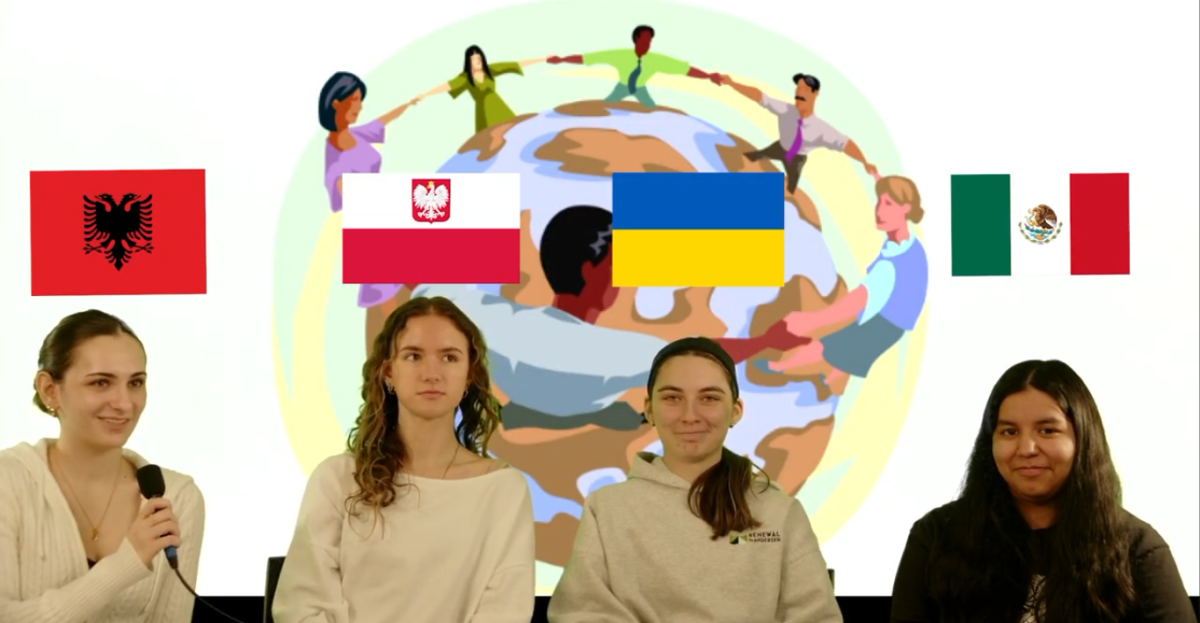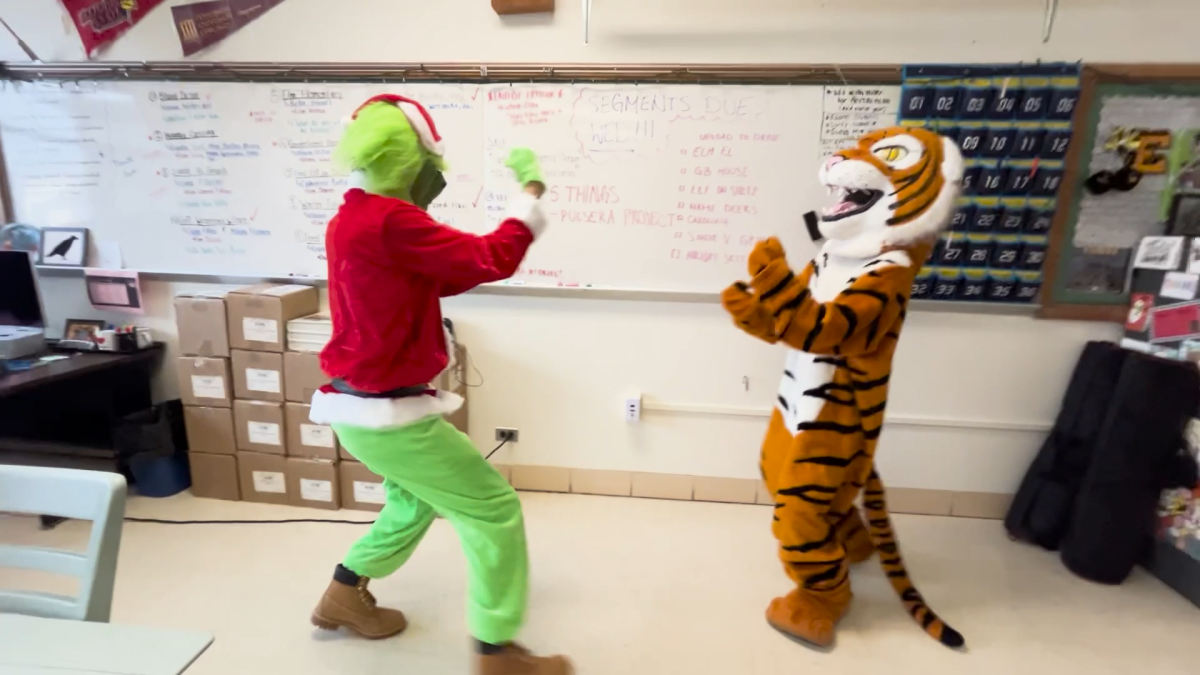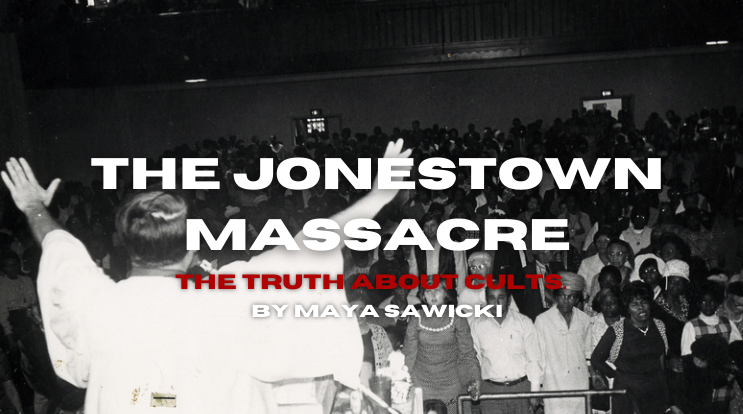Please read before starting this article:
Please acknowledge that I’m not writing this article to glorify what happened at Jonestown or idealize Jim Jones. Jim Jones was a very violent man who had many problems with himself. This article will spread awareness about the realities of cults. Please be aware that this article covers very sensitive topics such as: mass suicide, killing of animals, cults, and many other topics can could be very triggering to some people. Please read with caution.
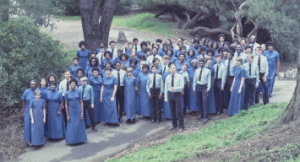
The Jonestown Massacre was remembered as the largest number of American civilian deaths in a non-natural incident until the attacks of 9/11. News regarding Jonestown shocked the whole nation and led to country-wide social isolation. “Peoples Temple”, the cult was responsible, had a large impact on the way cults are viewed today.
Early Life
[Warning: mentions of animal neglect, killing, death, and other disturbing acts.]

Jim Jones formed the Peoples Temple. Born in 1931, Jones lived in a rural community in Crete, Indiana. Jones’ father, a WWI veteran who suffered multiple injuries, wasn’t able to provide a steady income for his family. In 1934, during the Great Depression, the Jones family was evicted from due to outstanding mortgage payments. Relatives helped and purchased a livable shack for the family, which is where Jones grew up. However, the shack lacked proper electricity and plumbing. Due to the food shortages that the Jones family had, they would often rely on their relatives for food or the nearby forest where they would hunt for food. Although Jones’ parents tried their best to provide for their family, Jones described his mom as having “no natural maternal instincts”, indicating severe parental neglect.

Once Jones began attending school, his father was hospitalized, and his mother became the family’s sole provider. Due to the chaos of their situation, neighbors often took care of Jones by giving him proper food and clothing. All throughout his life, Jones was very devoted to God and would often attend church. He was soon noticed by a pastor’s wife, who grew a soft-spot for the young child. She gave Jones a Bible and told him to study it. As Jones grew older, he did services for the church. This fed Jones’ desire to become a preacher. Much to his mother’s disapproval, Jim Jones began practicing preaching by himself.
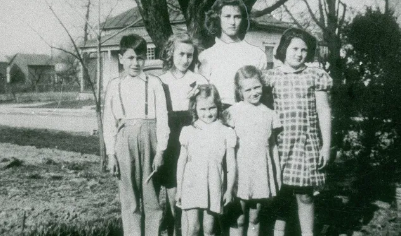
Although Jones was devoted to God, people pitied him because of his living conditions. He was described as very unusual and strange as he was overly obsessed with religion and the process of death. Jones would regularly visit a casket manufacturer and often mimic funerals with roadkill he would find and collect. One person reportedly saw Jones kill a cat for his mock funerals. Additionally, Jones would tell others that he had special powers. Once, to prove this, he leaped off a roof to show that he had the capability to fly. Jones fell and broke his arm, though maintained that he had special powers. It was also very difficult for Jones to make friends. Despite him being very active in the church community, Jones would pull off-putting pranks in different churches. He would steal candy from candy shops that his mother eventually had to repay, which repeatedly led to physical punishment. Jones would often experience violent thoughts as a child. He once stated: “I was ready to kill by the end of the third grade…Nobody gave me love, any understanding. In those days, a parent was supposed to go with a child to school functions…everybody’s parents were there but mine. I’m standing there, alone. I always was alone” (Jim Jones, N/A).


While Jones was in high school, he continued to stand out. He would carry a Bible everywhere and would dress in church clothes for school. His religious views shaped the way he saw others and would constantly judge others in accordance with the Bible’s writing. During the time, racism was normalized, but he was disturbed by the way people would treat African-Americans. His belief was opposite of his father who was a part of a racist group.
As Jones got older, he began showing an interest in different types of historical leaders such as Gandhi, Stalin, Marx, and even Hitler. Jones grew fond of communism and would tell his wife that communist leader, Mao Zedong, was his hero. Though he was not interested in politics, as WWII started, he became obsessed with the Nazi Party. One of Jones’ childhood friends recalled that Jones once yelled “H*il Hitler” as German prisoners of the war traveled through his town towards a detention facility.
Marriage and Family
[Warning: mentions of abuse]
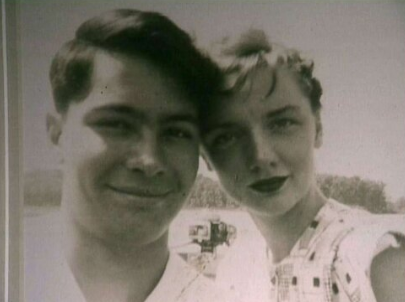
In December of 1948, Jones graduated high school early and began working as an orderly at a hospital. He was well-regarded by senior management, though other staff members reported disturbing behavior towards patients and co-workers. Jones met his girlfriend, and eventual wife Marceline Mae Baldwin, who was a nurse-in-training, at the hospital. Later, he attended Indiana University Bloomington with the intent of becoming a doctor. However, he changed his mind to get more in tune with his religion. In 1949, Marceline and Jones got married and bought their first home. Marceline happened to be a part of the United Methodist Church. Jones had a strong opposition to the Methodist Church’s racial segregation, which put a strain on their marriage.
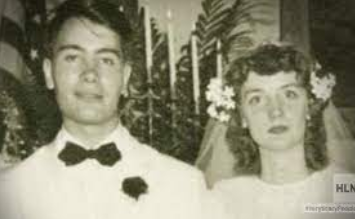
Jones would emotionally and psychologically abuse Marceline. Since Jones was very insecure, he would often test her loyalty in sadistic ways, like faking his own death, to see her reaction. In 1951, the couple moved to Indianapolis where 20-year-old Jones began attending the Communist Party of the USA meetings.
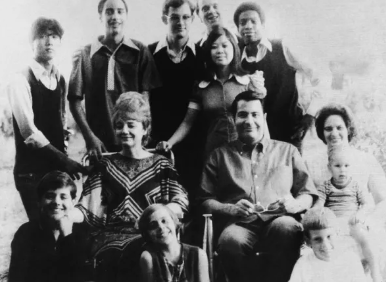
The Jones household was referred to as the “rainbow family” as Jones would adopt children from different races. In 1954, the Jones family adopted Agnes, who was part-Native American. Later, in 1959, they adopted 3 Korean children: Lew, Stephanie and Suzanne. In June of 1959, the pair had their first biological child, Stephan Gandhi. In 1961, the Jones family adopted an African-American child named Jim Jones Jr. Later on, they adopted a white child, named Tim, whose mother was a member of the Peoples Temple.
Jones’ Church
In 1952, Jones announced that he would become a United Methodist Church minister, believing that the church was ready to put “real socialism into practice” (Jones, 1952). He received support from the Methodist district superintendent who helped him set up in the church. Jones was hired as a student pastor for children at the Somerset Southside Methodist church. Jones created a project to make a playground for children of all races, not just white. However, in 1954, Jones was fired from his position at the church after stealing church funds. He claimed the reason why he did this was because of the other church leaders that forbid African-American people from attending the church.

Around the same time, Jones went to a Pentecostal Latter Rain Convention where he met a woman that prophesied that Jones would become “a prophet with a great ministry”. Jones gladly accepted this prophecy. Jones convinced his wife to leave the Methodist church she worked at and joined the Pentecostals with him instead. Soon enough, Jones started preaching regularly at the Pentecostal Assemblies of the God Church. The Assemblies of God strongly disliked the Latter Rain movement, which was a movement that Jones supported. Due to this, Jones left the church and established his own named the “Wings of Healing”, which would later be known as the “Peoples Temple”. At the start, it was very hard for Jones to recruit members as he only had 20 people with him.
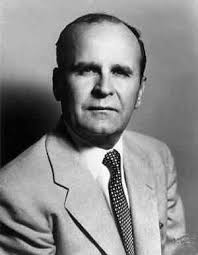
In 1955, Jones began associating with the Independent Assemblies of God Church, an international group of churches. Jones liked that they supported the Latter-day Saints movement. There, he met William Branham, a well-known Pentecostal leader. Jones was amazed by Branham’s methods, they organized a meeting which accumulated an audience of 11 thousand people. Attendees believed that Jones held a “supernatural gift”. This, essentially, led to the growth of the Peoples Temple. Of its 1,000 members, most were African-Americans.
The Peoples Temple
[Warning: mentions of abuse and drugs]
Jones adapted to one of the Latter Rain’s beliefs which he promoted throughout his life. The “manifested sons of God” was the belief that people could become powerful with supernatural powers and special abilities because of God. This would lead to the second coming of Christ on Earth. Jones was interested in that belief and started to make up his own beliefs that he spread around. By the late 60’s, Jones would start calling himself the manifestation of Christ the Revolution. However, Jones slowly started to separate from Pentecostalism and the Latter Rain movement as he wanted something that would represent all of his beliefs. Soon, he and the Peoples Temple joined the Disciples of the Christ Denomination. One of the members of the disciples of the Christ Denomination, Archie James, told Jones that the organization would support all of Jones beliefs. However, throughout 1974 to 1977, the disciples leadership received allegations of abusing the members of the Peoples Temple. There was no evidence of abuse found and Jones along with the Peoples Temple remained part of the Disciples of the Christ.
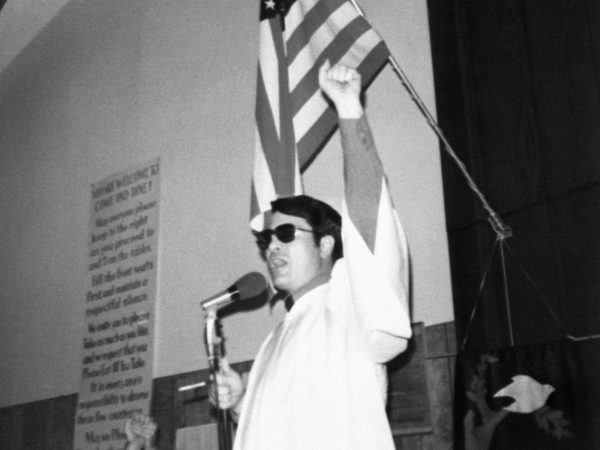
In 1960, Jones was given the role of Director of Local Human Rights Commission by Charles Boswell in Indianapolis. Jones helped to racially integrate multiple places such as churches, restaurants, and even the Indianapolis Police Department. Eventually, Jones received backlash from many as he often received criticism for his anti-racist views. Soon enough, the Peoples Temple became a common target for white supremacists. Incidents such as a swastika being placed on the temple, a dead cat being thrown at Jones’ house, and dynamite being placed in the Peoples Temple coal pile. None of this stopped Jones from doing what he was doing and by 1961, the city of Indianapolis was much more racially integrated than before.
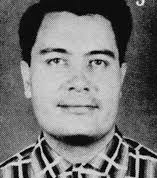
During that same time, Jones warned his temple members that there would be a nuclear attack on Indianapolis. He looked for ways to escape from the United States. By 1962, Jones and his members traveled to South America and relocated the Peoples Temple. At first, Jones and his family rented a three-bedroom home in Belo Horizonte, Brazil. A year later, he and his family relocated to Rio de Janeiro, where they worked with the poor communities in “favelas”. “Favelas” is a name for different kinds of working-class neighborhoods in Brazil. Jones soon realized that Brazil was unsuitable for the Peoples Temple as they were still struggling while dealing with the guilt of leaving the Civil Rights Movement in Indiana. Jones came back to Indiana to see that the Peoples Temple had separated. Dealing with financial problems and less people coming in for meetings, Jones had to sell his old building that was used for meetings for a much smaller one.

To distract the members who still attended from everything that was going on, he told the Indiana congregation that the world was to suffer from a nuclear war that would start on July 15th, 1967, urging his congregation to move to Northern California. The temple members agreed; 140 of the temple members moved to California in 1965 while the rest stayed behind in Indiana. In California, Jones became a teacher at a nearby school. This new job allowed Jones to recruit new members for the Peoples Temple. In his classes, Jones taught about religion and communism in order to bring people into his church.Jones successfully recruited 50 new members for the Peoples Temple in just a few months. During this time, Jones convinced another 75 members of the Peoples Temple to move from Indiana to California.Throughout his time with the Peoples Temple in California, Jones hid that he was a communist until the late 1960’s when he started to teach his members about all of his beliefs. One of these beliefs being that he thought was that traditional Christianity had an incorrect view of God.
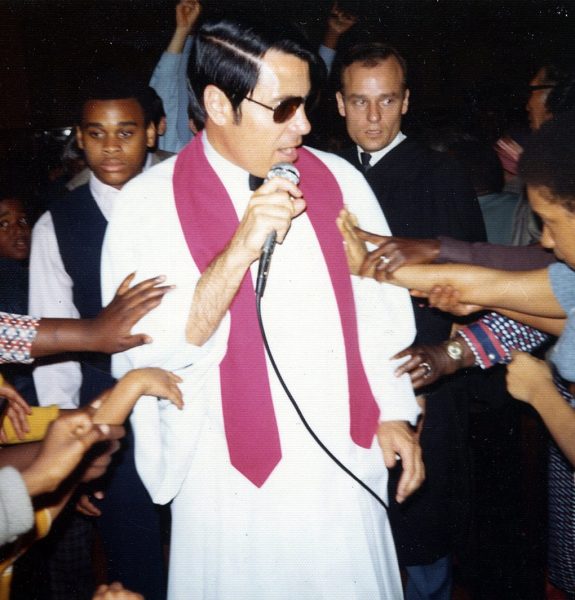
Throughout his time with the Peoples Temple in California, Jones hid that he was a communist until the late 1960’s when he started to teach his members about all of his beliefs. One of these beliefs being that he thought was that traditional Christianity had an incorrect view of God. Jones would often criticize the Bible and stated that it was a tool that was meant to oppress women and people-of-color. Jones went as far as to say that he was God and that there was no other God beside him. One of his members once quoted Jones saying: “What you need to believe in is what you can see… If you see me as your friend, I’ll be your friend. [If] you see me as your father, I’ll be your father, for those of you that don’t have a father… If you see me as your savior, I’ll be your savior. If you see me as your God, I’ll be your God” (Jones, N/A). As time went on, Jones slowly started to create his own religion. He created his own way of baptizing people, saying that baptizing his converts would be in the holy name of socialism and said that “whoever is born in capitalist, racist, fascist America is born in sin but whoever is born in socialism isn’t” (Jones, N/A). Jones warned his members of an imminent apocalyptic nuclear war while stating that he was a messiah sent to “save people,” saying that the only way to escape from a society with sin was through the idea of making society communist.
In a 1976 interview, Jones admitted that he was an atheist. Jones’ idea of religion makes historians doubt his prior religious authenticity – he did everything to appear as God.

Right after Jones moved to California, he began abusing drugs. As time went on, his drug addiction worsened, and his paranoia did the same. He started controlling his members more and more, warning them of an inconsistently racist enemy. He’d say that car crashes, death, and injuries would occur if anyone tried to leave. As time went on, Jones controlled every detail of his members’ lives, particularly their assets. He would punish rule-breakers by reducing their food rations, giving them harsher work schedules, shaming them in public, and publicly abusing them in the name of “discipline”.
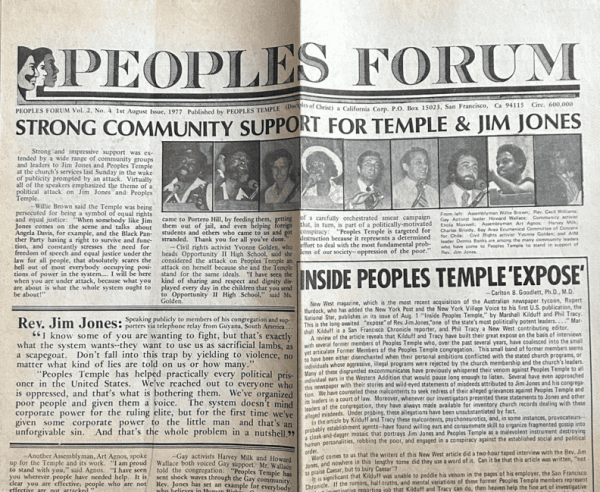
Peoples Temple began growing at an alarming rate, opening buildings in multiple cities, like San Francisco and Los Angeles. Most members were young students and minorities. By 1973, the Peoples Temple reached 2,570 members with 36,000 subscribers to their fundraising newsletter.

In 1970, Jones claimed he had healing powers. He took 150 members to a church in San Francisco, holding a healing revival meeting where he claimed that he could heal a man with cancer. It was later revealed that the event was staged. At the end of the “revival”, Jones attacked the church’s beliefs and encouraged the crowd join the Peoples Temple instead. Jones gained 200 new members from it.
Jones did not stop there. He drugged one of his temple members, Irene Mason, just to claim he healed her. He’d also make people with cancer form a circle prayer line and make them “cough up” their tumor. People around him believed him. His healings were revealed as nothing but a hoax much later.
Life at Jonestown
[Warning: mentions of abuse and suicide]

In 1973, Jones was convinced that the government was after the Peoples Temple. Due to this, he created an escape plan for Guyana, a country in South America. A year later, the first group of members arrived in Guyana, in a place that would later be known as Jonestown. Jones called it a “socialist paradise”. By 1977, Jonestown had 50 residents. As time went on, even more people moved there. During the first few months, the Temple members were required to work six days a week, with an hour of lunch. Eventually, the work week was shortened to five days a week. After work ended, members were required to attend classes that would teach them about socialism. Jones would also teach his members that the U.S. was an evil imperialist state.
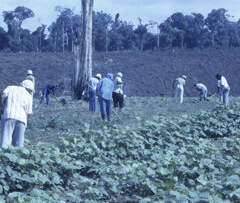
Jonestown was a far cry from “paradise”. According to a member who escaped in 1978, residents were very undernourished, eating nothing but rice every day. They got vegetables twice a week and would receive an egg and cookie on Sunday. Reportedly, Jones had his own supplies of food and would allow a select few others to eat from there. Those lucky members were visibly much healthier that others.

Abuse was very common within Jonestown, according to ex-members. Jones was a very paranoid man and feared attacks from the U.S. government. Jim would hold spontaneous night drills, “white nights”, where he’d make it seem like Jonestown was under attack.
In 1978, during a “white night”, Jones told them they would all die of poisoning. A batch of fruit was passed around for everyone to consume, and people wept as they awaited their deaths. After time passed, Jones admitted it was only a drill. Then, he informed his followers that the CIA wanted to destroy them: suicide was their own way of escaping.
Mass suicide drills were very common in the Peoples Temple. One member, Deborah Layton, said “Everyone, including the children, [were] told to line up. As we passed through the line, we were given a small glass of red liquid to drink. We were told that the liquid contained poison and that we would die within 45 minutes. We all did as we were told. When the time came when we should have dropped dead, Rev. Jones explained that the poison was not real and that we had just been through a loyalty test. He warned us that the time was not far off when it would become necessary for us to die by our own hands” (Deborah Layton, 1978).
Because of their diets, members were weak and poor: Jones’ plan from the start. According to an ex-member, Jones said: “Let’s keep them poor and tired, because if they’re poor they can’t escape and if they’re tired they can’t make plans” (Jones, N/A). As Jones grew older, his health declined; it was hard for Jones to walk without assistance. He had high blood pressure, small strokes, temporary blindness and convulsions. To gain compassion, Jones convinced members that he had cancer.
The Poisoning
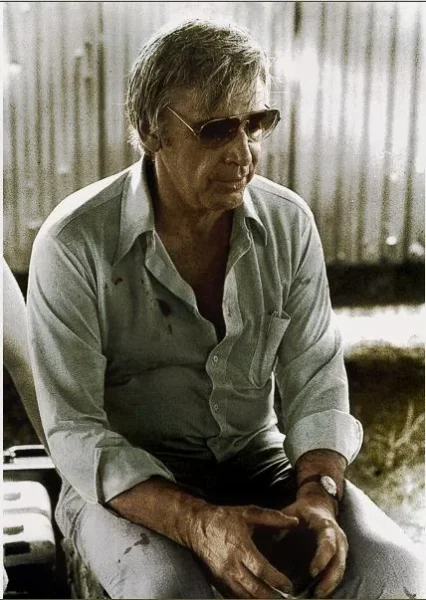
In November of 1978, U.S. congressman Leo Ryan went to Jonestown to investigate abuse allegations. He traveled with old Temple members, a camera crew, and newspaper reporters. They arrived on the 17th of November. As Ryan explored, Vernon Gosney and Monica Bagby passed a note to Ryan, asking for assistance to escape. Leo Ryan attempted to aid 15 Temple members out of Jonestown, angering Jones. Tensions rose as other members learned of their plan. Simultaneously, Members close to Jones began preparing a tub full of poisoned grape-flavored juice. As members attempted to escape on a plane, Jones’ armed guards came out and shot at them. Bob Brown, a cameraman assisting Leo Ryan, filmed the event, before being shot to death. Five people were killed: Leo Ryan, Don Harris, Bob Brown, Greg Robinson, and Patricia Parks. Some members avoided death by escaping into the jungle (Jackie Speier, Richard Dwyer, Bob Flick, Steve Sung, Tim Reiterman, Ron Javers, and Charles Krause). Later, Jones was notified that a number of survivors remained. Paranoid, he warned everyone that the U.S. military would come to attack. He used this as an excuse to make everyone commit “revolutionary suicide”.

Jones recorded the “revolutionary suicide”. The tape demonstrates the poison passed around for members to drink. Those who argued were forced to drink the mixture with a syringe. According to one member who escaped, the first people who consumed the flavor-aid mixture were Ruletta Paul and her infant. Children were the first victims poisoned, leaving parents to watch their children suffer. On the tape, you can members arguing against Jones’ decision. Screams and cries of children can also be heard throughout the whole recording as they’re being poisoned. As Jonestown was filled with fea, Jones would “comfort” his followers by saying: “Don’t be afraid to die”, “death is just stepping over into another plane” and then adding “death is a friend”. At the end of the tape, when only Jones remains alive, he says: “We didn’t commit suicide; we committed an act of revolutionary suicide protesting the conditions of an inhumane world” (Jones, 1978).
Aftermath
Only 85 people survived the Jonestown massacre. Some hid ditches or in their dorms, though most hid in the nearby jungle. Jones’ three sons, Stephan, Jim Jr., and Tim Jones also survived, since they were on a trip at the time of the event. One old woman slept through it all just to awaken and see everyone dead.
909 members in total, 304 of which were children, died in the Jonestown massacre.

The Guyanese military came to Jonestown to find everyone dead. The U.S. military was called down and they airlifted the victims’ remains back to the United States. Jim Jones was found resting on a pillow with a gunshot wound to his head. His autopsy ruled his death to be suicide. His remains were cremated and scattered across the Atlantic Ocean. Jones’ money, $29 million US dollars, was also given to the Soviet Union, per his request.

Despite this, the Soviet Union publicly distanced itself from Jones and called the ordeal a “bastardization” of revolutionary suicide. The Christian Church permanently removed the Peoples Temple from their denomination. American Christian leaders labeled the mass suicide satanic. Survivors of Jonestown returned to San Francisco and were targeted by protestors and media. Politicians who supported Jones admitted that Jones tricked them, apologizing to the victims’ families. The Peoples Temple collapsed in 1978, though some people continued to teach about Jones’ ideas in the early 80’s. As time went on, of course, these teachings were forgotten.
Now, Jonestown sits abandoned, its haunting past reminding us that not everyone is the way they seem.

Works Cited:
Onion, A. Sullivan, M. Mullen, M. Zapata, C. (2022, April 19th) Jonestown – history.com : https://www.history.com/topics/crime/jonestown
















